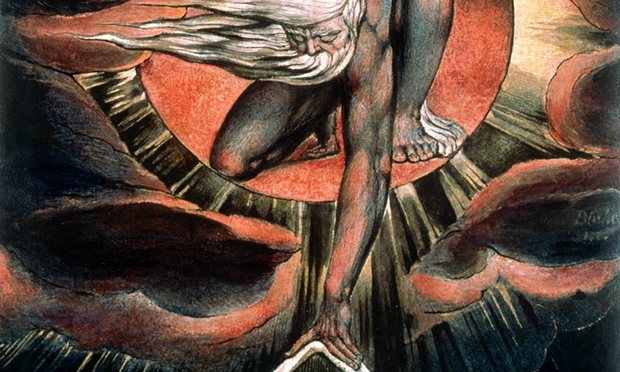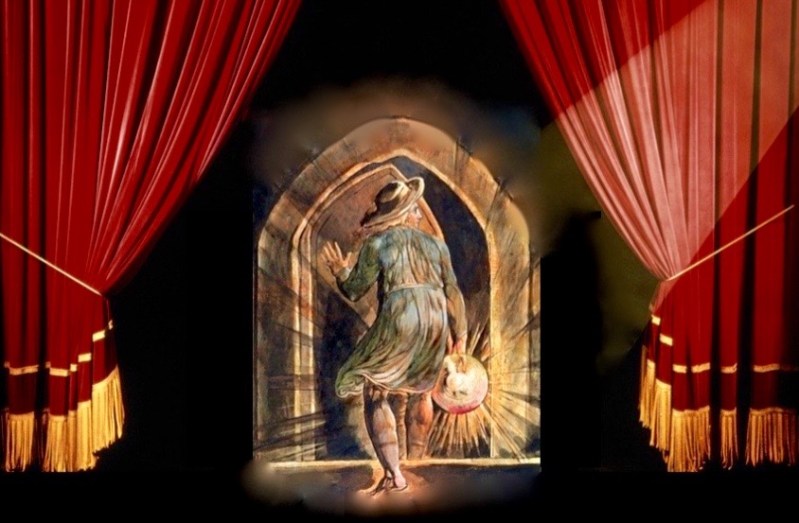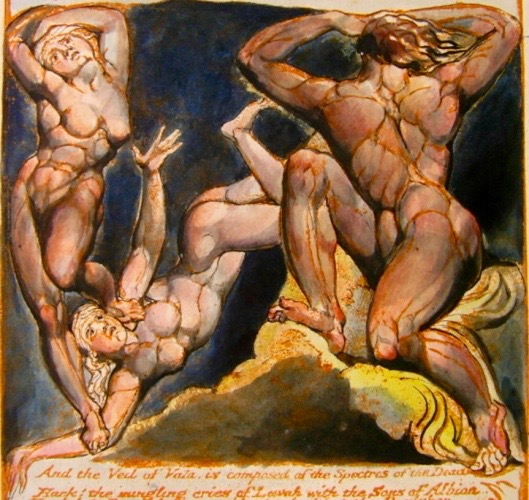Purity and Danger, by Mary Douglas
Holy Orders: The Reason for Religion’s Obsession with Classifying and Dividing

I believe that ideas about separating, purifying, demarcating and punishing transgressions have as their main function to impose system on an inherently untidy experience. It is only by exaggerating the difference between within and without, above and below, male and female, with and against, that a semblance of order is created. The more we know about primitive religions the more clearly it appears that in their symbolic structures there is scope for meditation on the great mysteries of religion and philosophy. Reflection on dirt involves reflection on the relation of order to disorder, being to non-being, form to formlessness, life to death.


